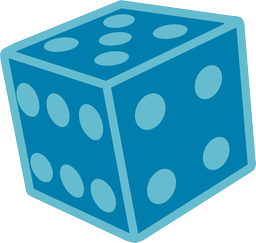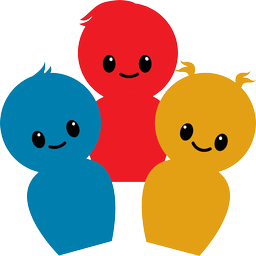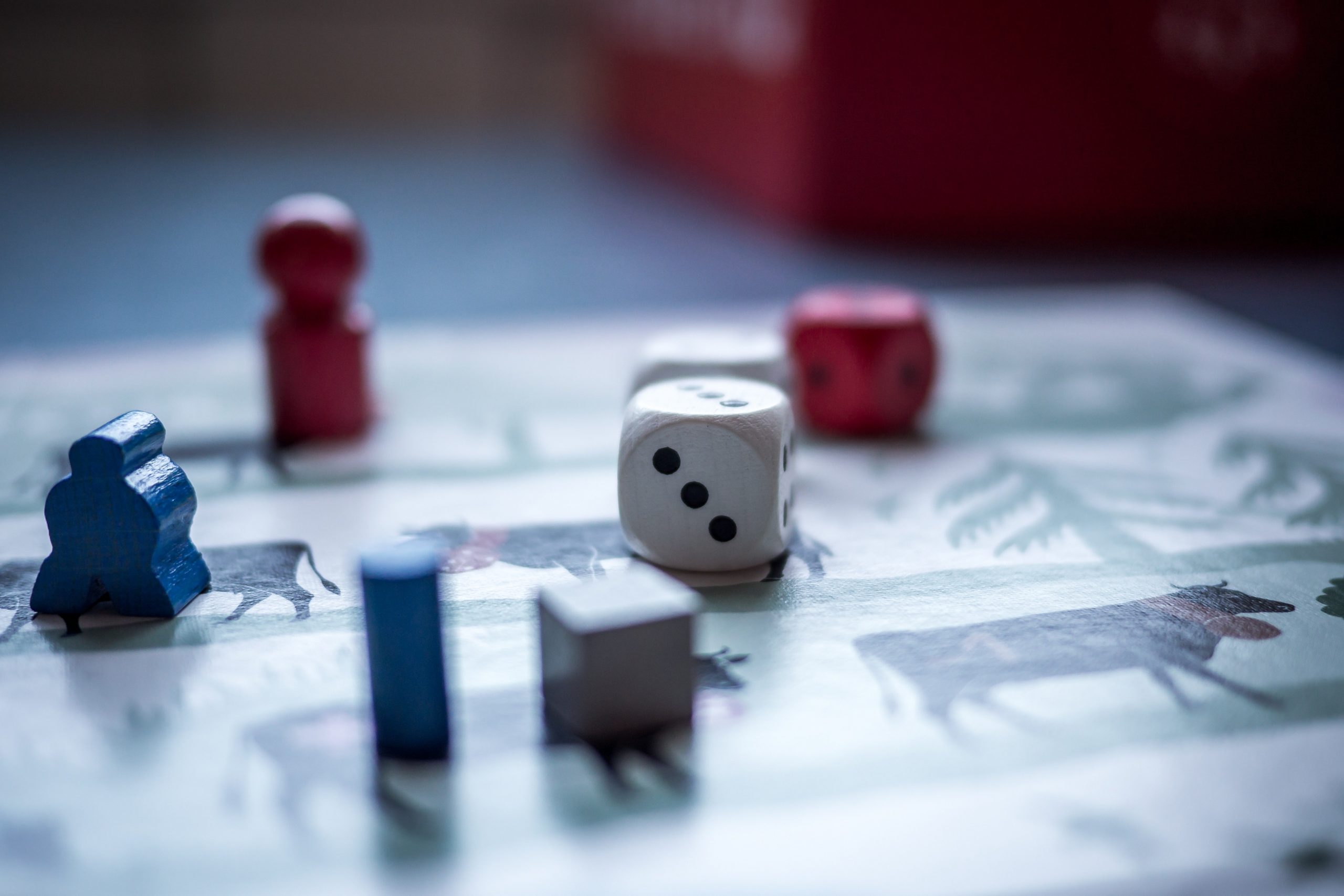Areas it develops: following rules, rule consciousness, understanding order, communication, larger movements, problem solving skills, reading comprehension, senso-motoric integration, socialization
With this game we can involve/integrate kids who experience a hard time with understanding and following rules. By making our own movement based boardgame we can make learning about rules fun and memorable!







